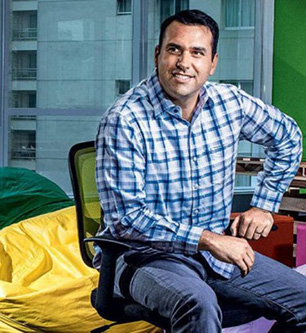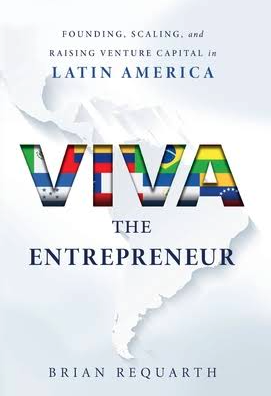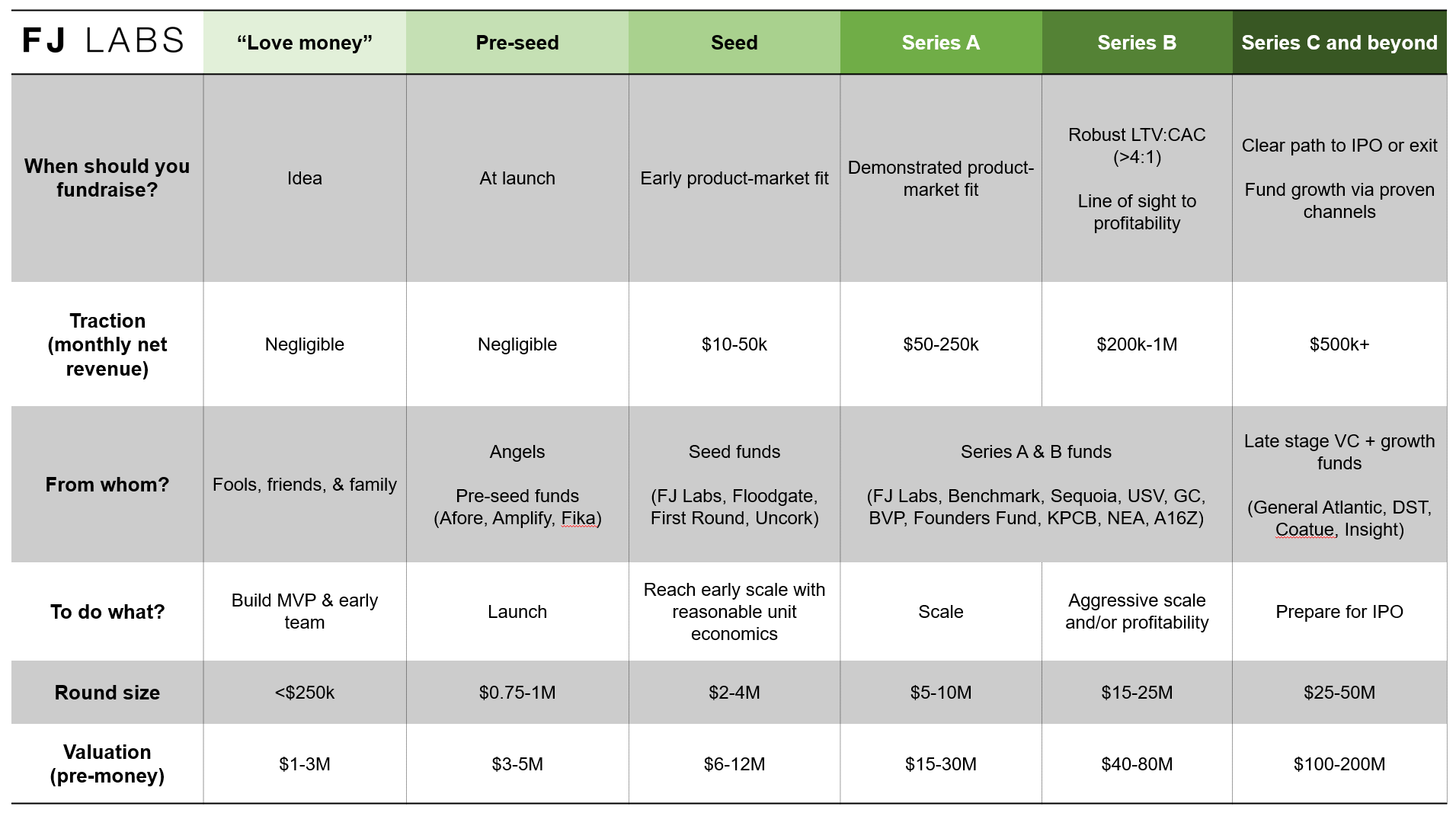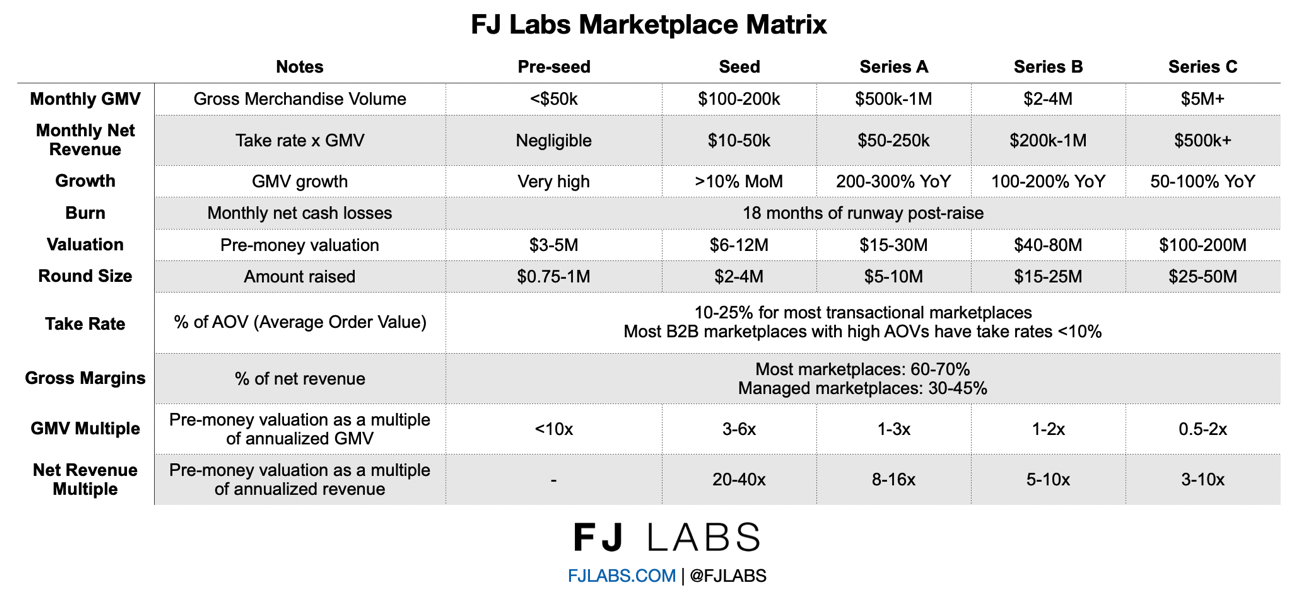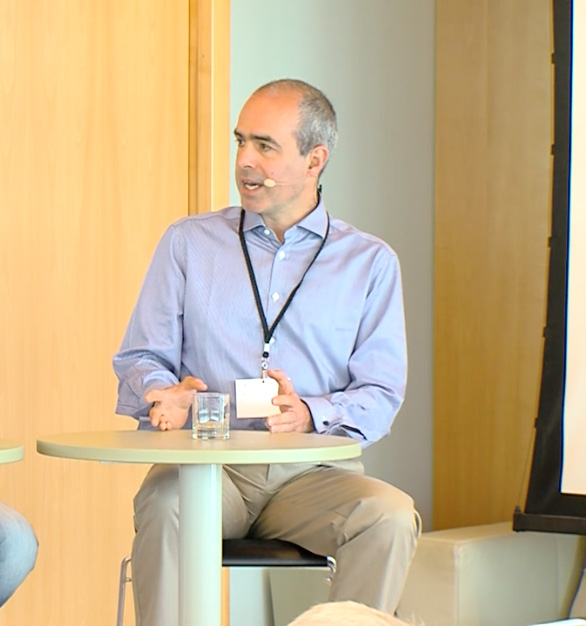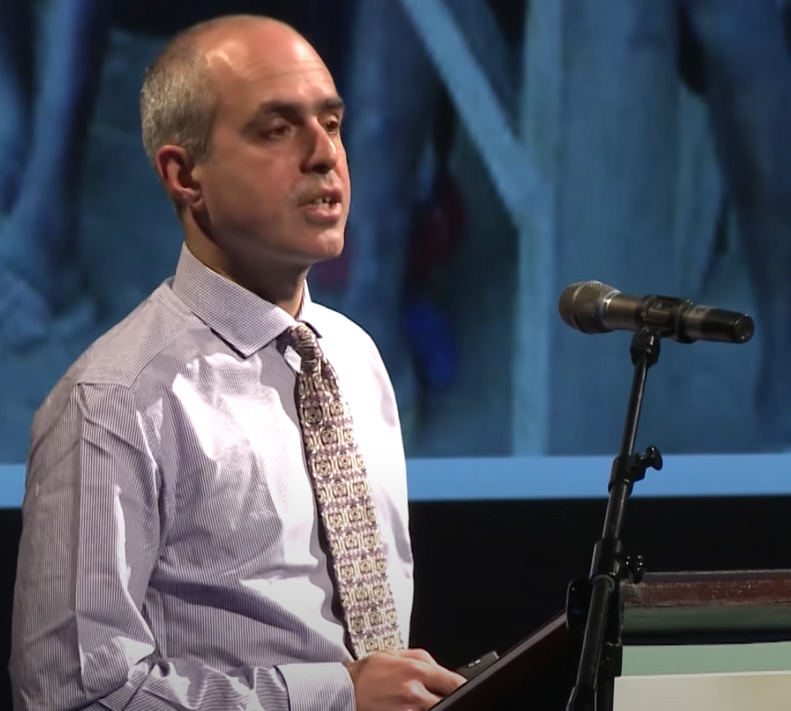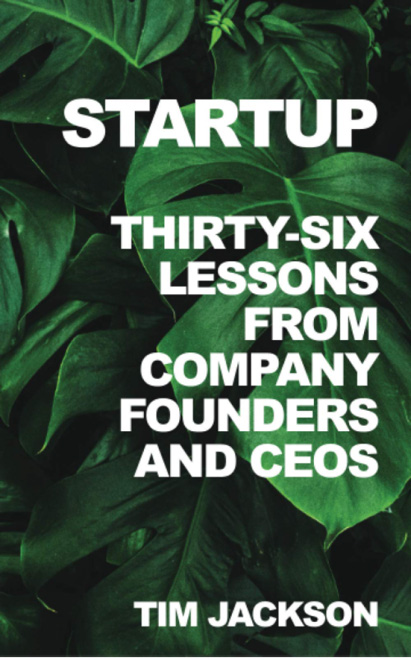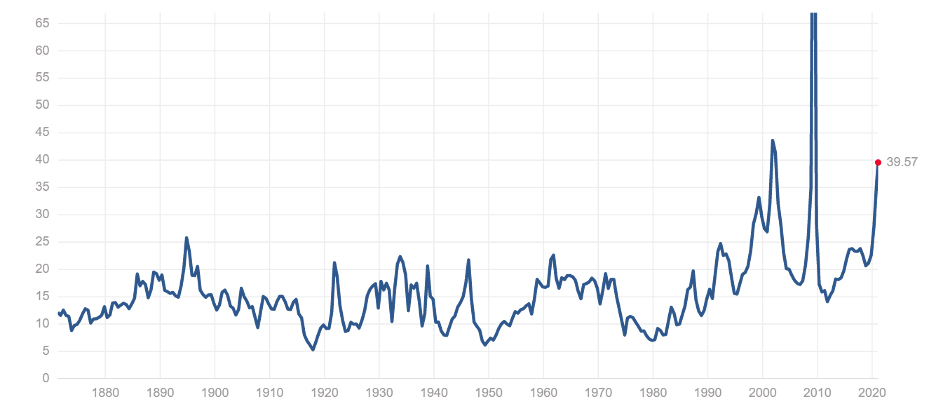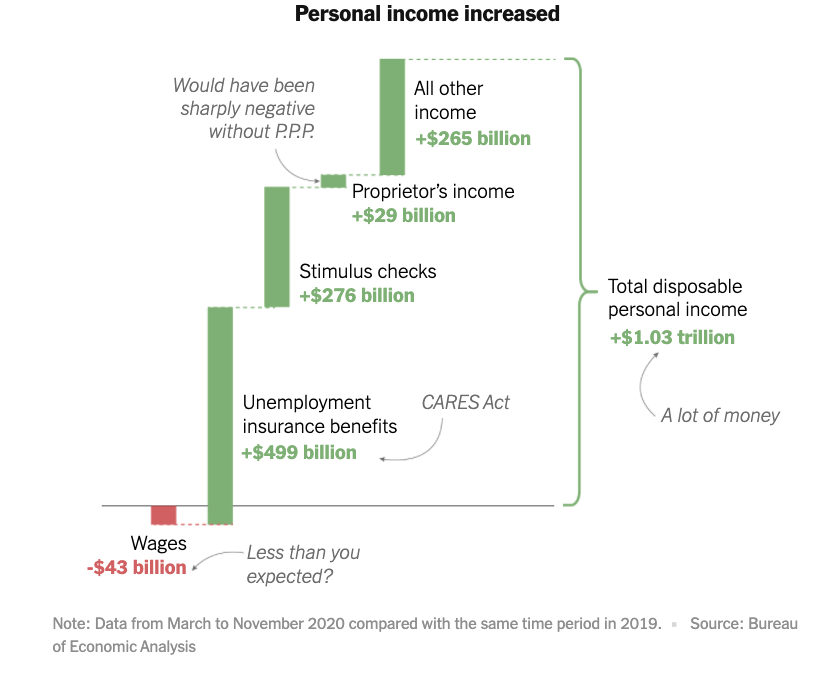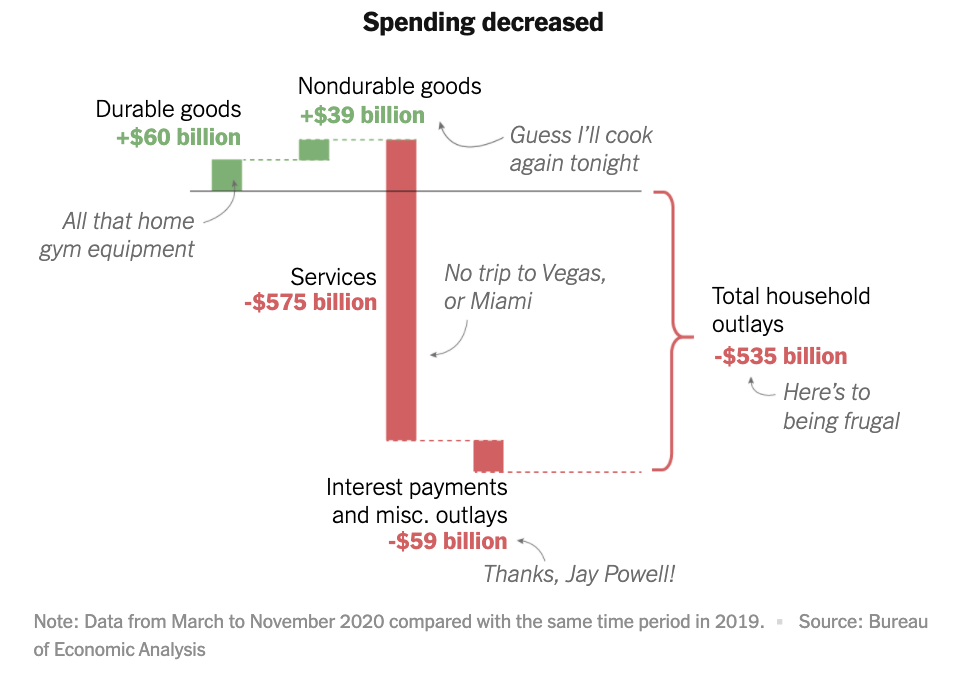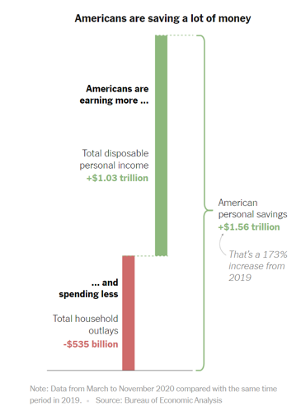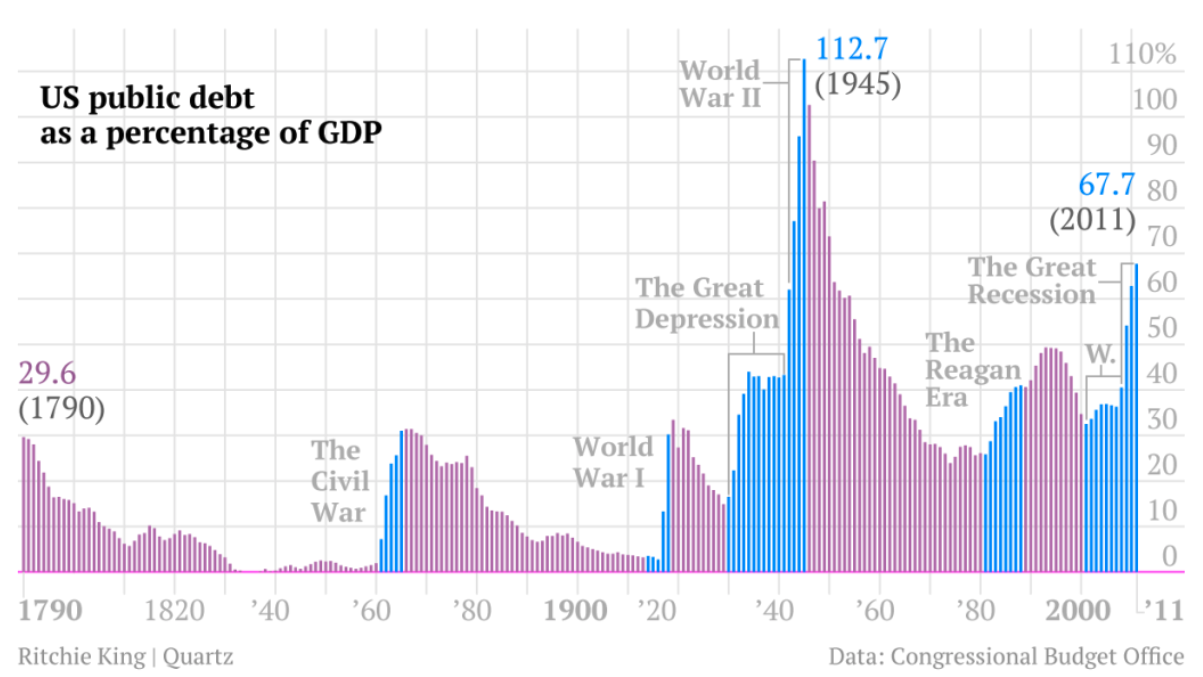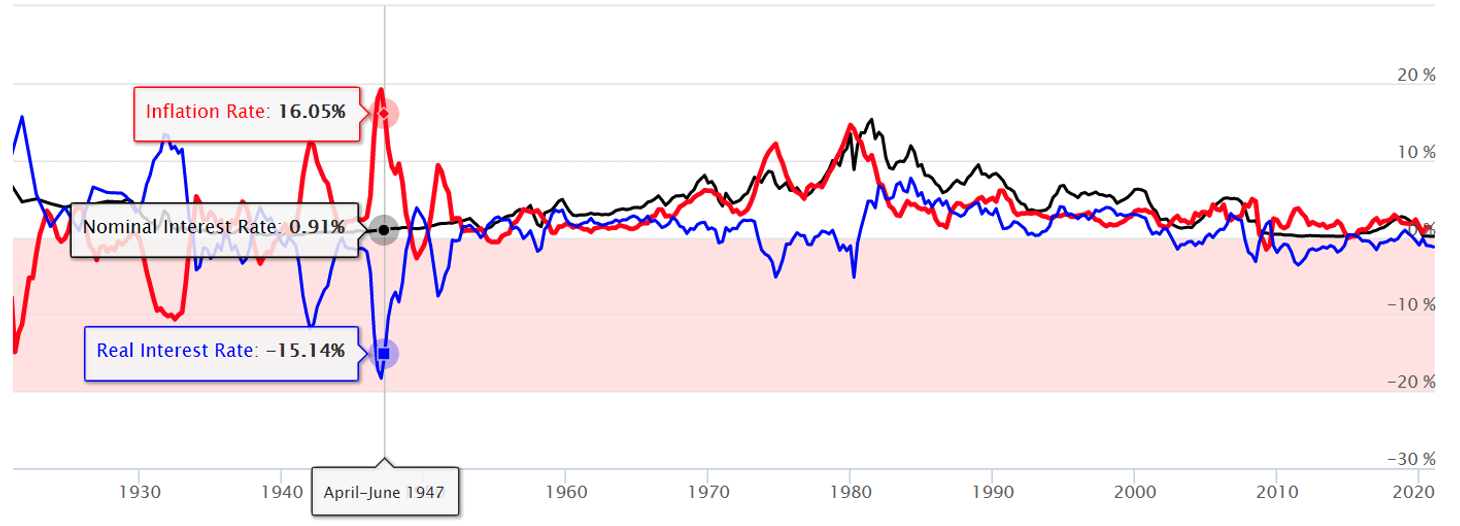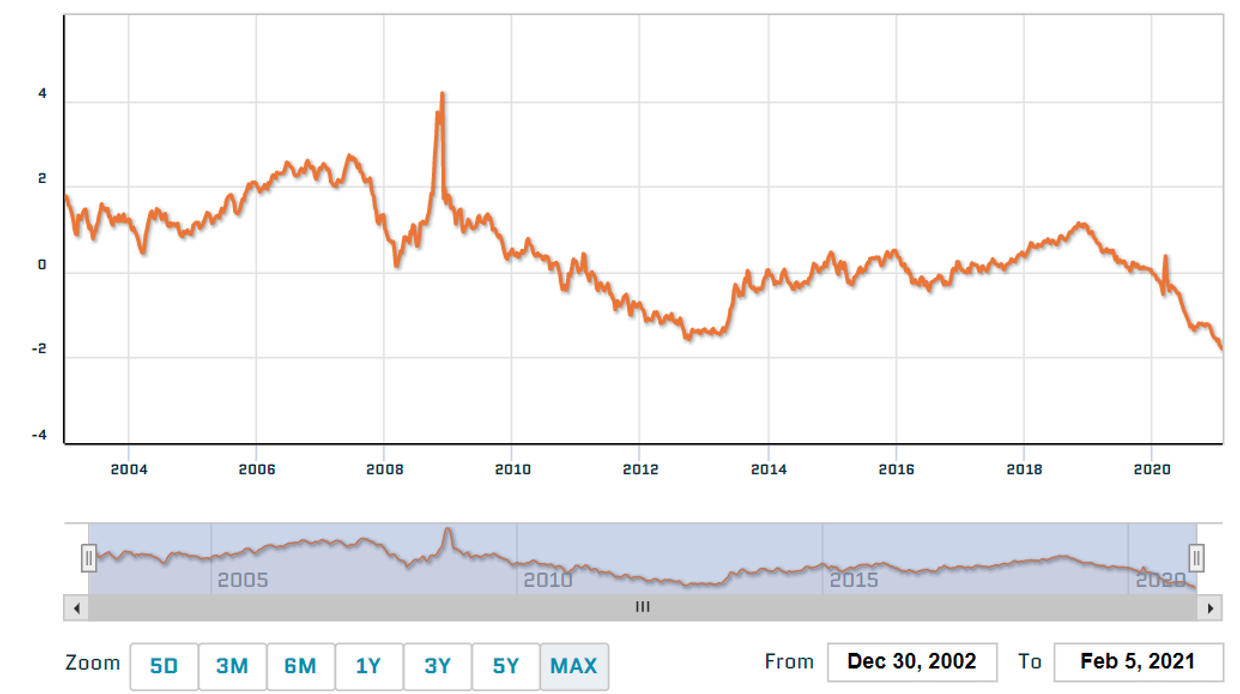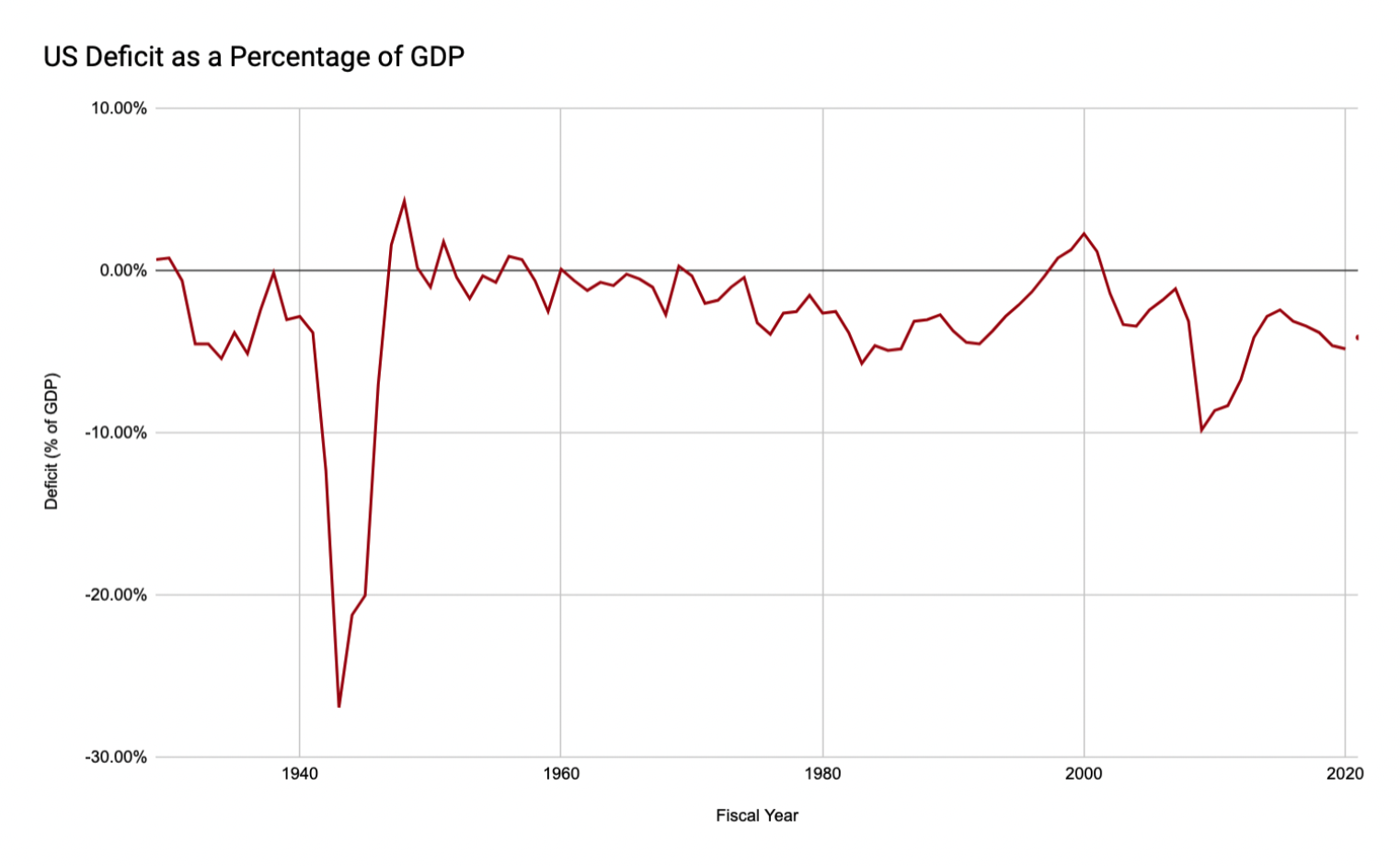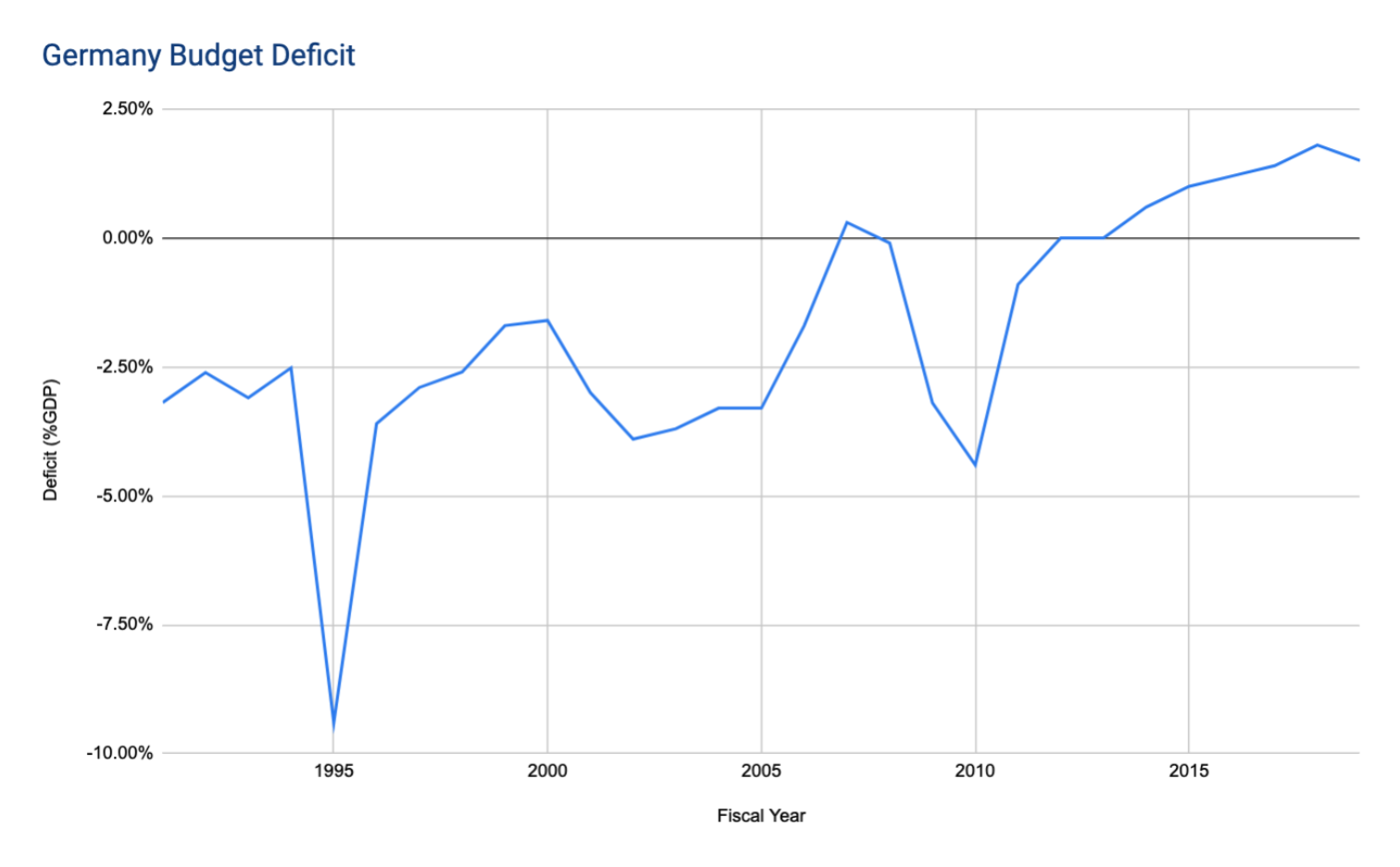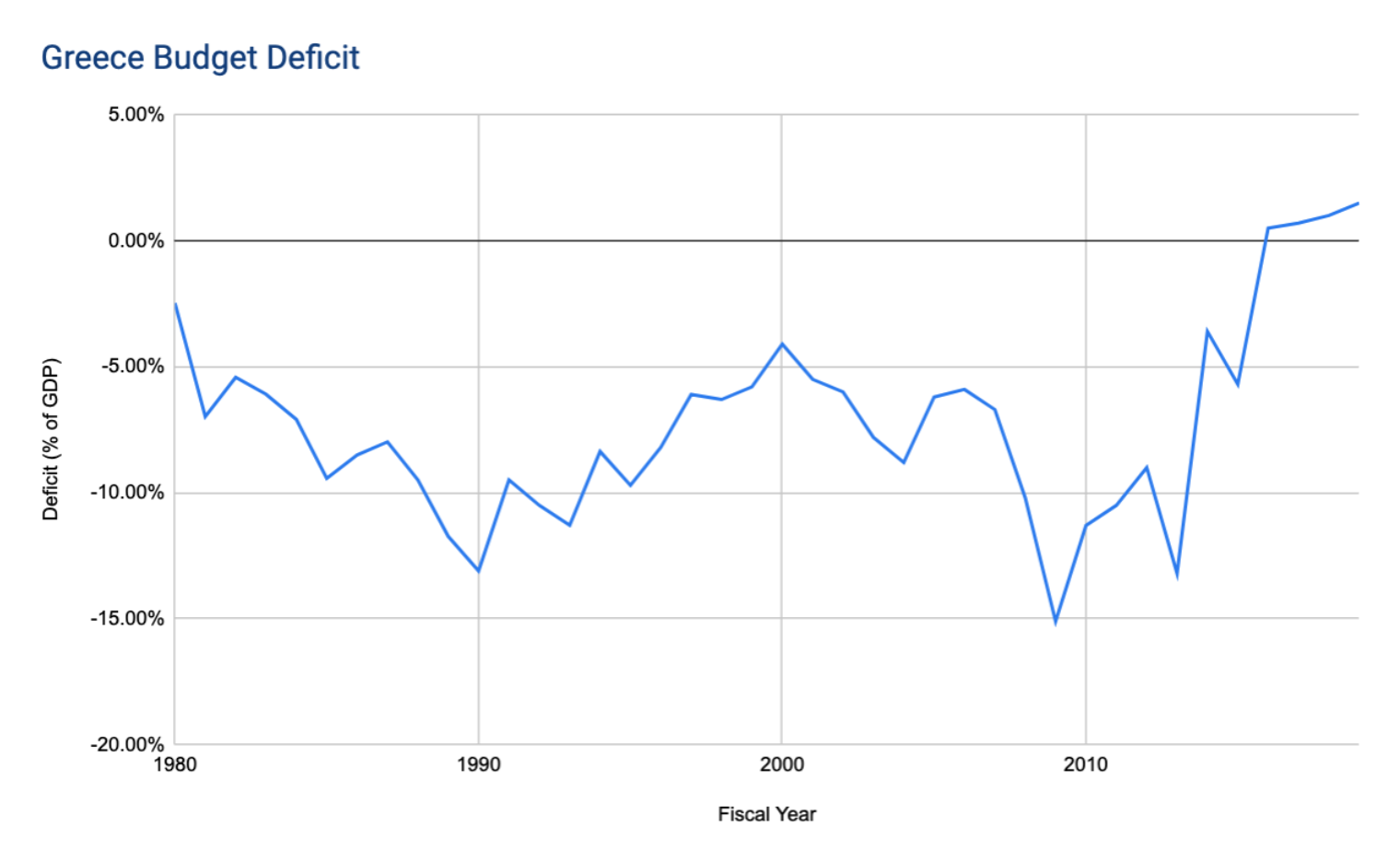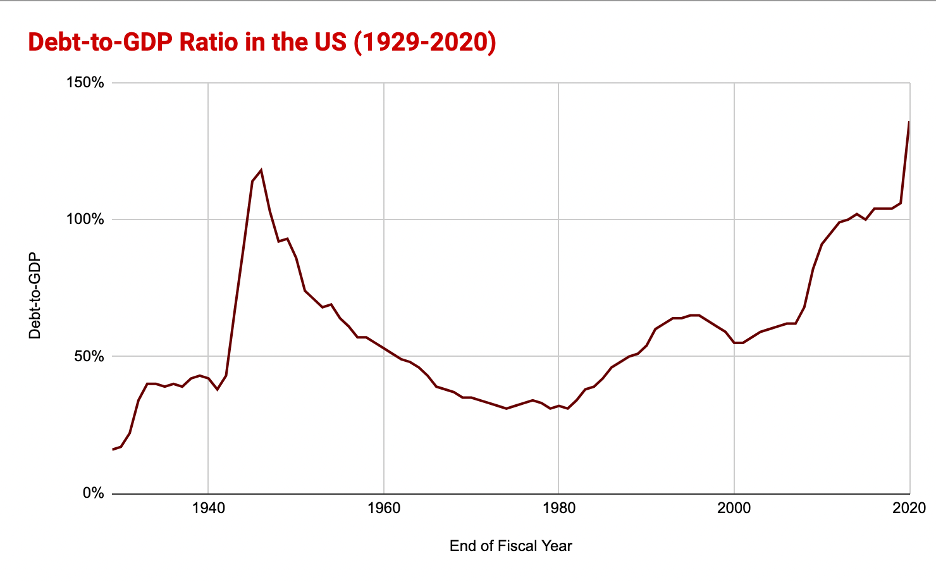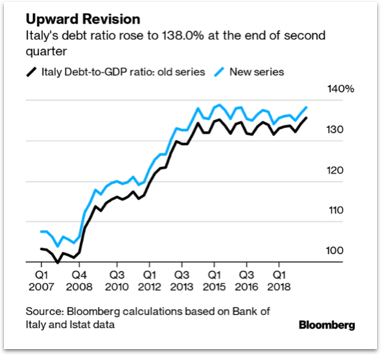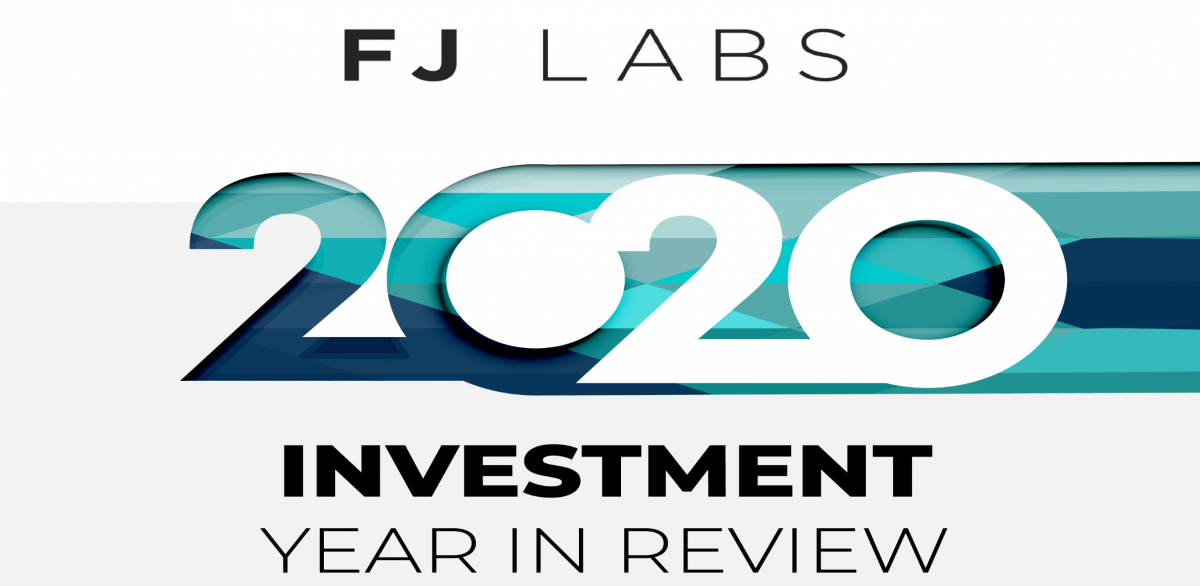De waarschuwingssignalen van marktmanie zijn overal. De koers-winstverhoudingen zijn hoog en stijgen nog steeds. Bitcoin steeg met 300% in een jaar. Er is een stortvloed aan IPO’s van SPAC’s. De vastgoedprijzen stijgen snel buiten de dichtbevolkte grote steden.
S&P 500 PE-verhouding
BTC-prijzen laatste 12 maanden
Samen met door de detailhandel veroorzaakte short squeezes, mini-bubbels en toegenomen volatiliteit zijn dit symptomen van een bubbel.
Op het eerste gezicht lijkt het misschien verrassend dat we in een zeepbel zitten met miljoenen werklozen of mensen met een tekort aan werk. Tijdens de pandemie steeg het persoonlijk inkomen echter met meer dan een biljoen dollar dankzij de historische hoeveelheid fiscale stimuleringsmaatregelen van de overheid.
De lonen daalden slechts 43 miljard dollar van maart tot november. Terwijl veel laagbetaalde werknemers in de dienstensector hun baan kwijtraakten, bleven hogerbetaalde professionele banen onaangetast en namen sommige laaggeschoolde banen, zoals opslag en kruidenierswinkels, een hoge vlucht, waardoor het verlies lager uitviel dan verwacht.
De omvang van de steunprogramma’s van de overheid was ongekend. Werkloosheidsverzekeringsprogramma’s pompten 499 miljard dollar in de zakken van Amerikanen. De $1.200 stimuleringscheques voor de meeste Amerikaanse huishoudens voegden daar nog eens $276 miljard aan toe. Alles bij elkaar hadden Amerikanen in maart-november 2020 meer dan $ 1 biljoen meer inkomen na belastingen dan in 2019. Als gevolg hiervan bereikte het aantal faillissementsaanvragen in de VS in 2020 het laagste niveau in 35 jaar!
Bovendien daalden de discretionaire uitgaven dramatisch. De uitgaven aan diensten daalden met 575 miljard dollar omdat mensen niet op vakantie gingen, niet naar restaurants, bioscopen, sportgelegenheden, concerten enz. Hoewel Amerikanen iets meer uitgaven aan duurzame goederen, daalden de totale uitgaven nog steeds met 535 miljard dollar.
In combinatie met de stijging van het persoonlijk inkomen bespaarden Amerikanen $1,5 biljoen extra!
Een deel van dat extra geld ging naar deposito’s, maar een groot deel ging ook naar beleggingen, waardoor de activaprijzen opgeblazen werden. Dit komt bovenop de stortvloed aan liquiditeit die de Federal Reserve heeft losgelaten en haar belofte om de rente dicht bij nul te houden.
De waarde van activaprijzen moet de netto contante waarde van hun verdisconteerde toekomstige kasstromen zijn.
Rentes in de buurt van 0 kunnen veel hogere waarderingen rechtvaardigen. Als je gelooft dat de rente nu voor altijd in de buurt van 0 zal blijven, zijn de huidige waarderingen in feite redelijk. Ik denk zelf niet dat dit het geval is, aangezien de meeste regeringen wereldwijd lijden onder een verslechterende begrotingssituatie als gevolg van een onhoudbare groei van tekorten en schulden.
De dag van de afrekening komt eraan, maar misschien niet zo snel als ik in mijn eindejaarsupdate vreesde. Ik vermoed dat ik te vroeg wolf riep. De wereld zal in de nabije toekomst meer bezig zijn met het bestrijden van COVID dan met de gevolgen van de stijging van de staatsschuld. Bovendien zouden de verwachte stijgingen van zowel de particuliere als de overheidsuitgaven de economie verder moeten stimuleren.
De spaarquote in de VS heeft het grootste deel van het afgelopen decennium rond de 7% gelegen. Hoewel het daalde na de piek van 33% in april, ligt het nog steeds rond de 13%. Ik vermoed dat als COVID eenmaal achter de rug is, er het feest komt dat alle feesten zal beëindigen. Mensen gaan reizen, feesten en uitgeven alsof er geen morgen meer is. Als de spaarquote terugkeert naar het oude niveau van 7%, betekent dat 1,2 biljoen dollar extra aan uitgaven. Bovendien is er nog een stimuleringspakket van $1,9 biljoen dat waarschijnlijk $1.400 aan directe betalingen bevat en het vuur verder aanwakkert.
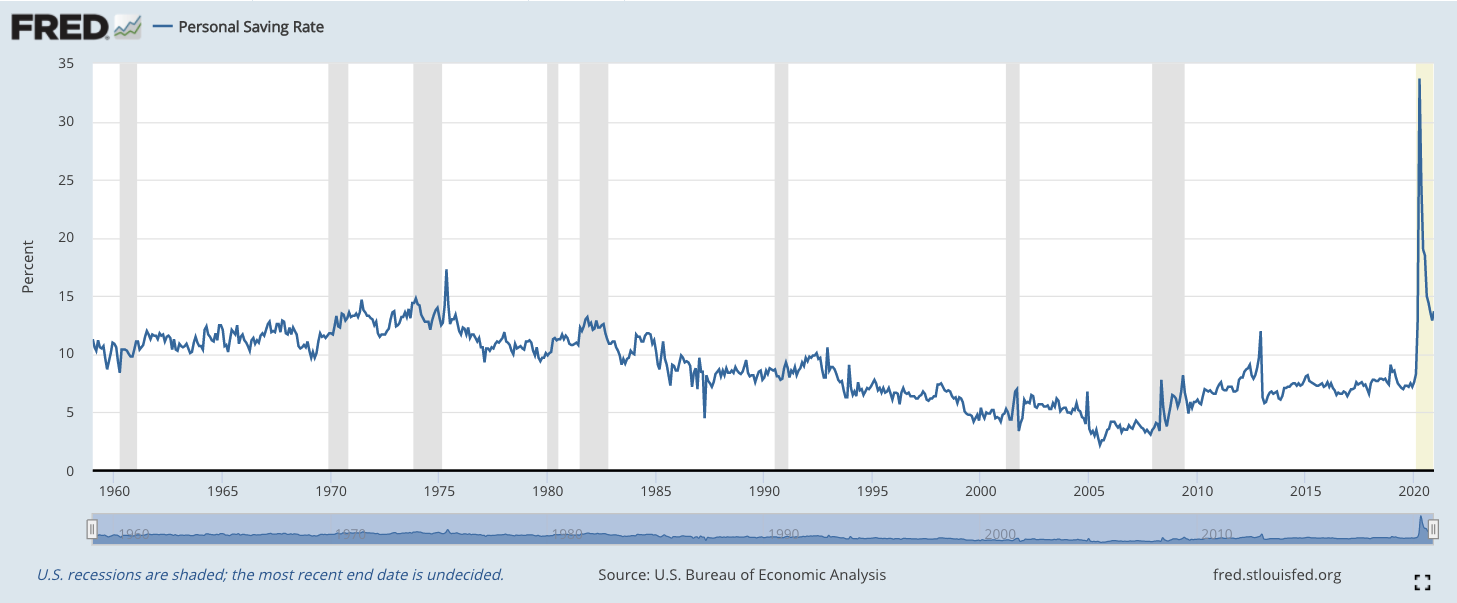
Met andere woorden, ik denk dat we nog een weg te gaan hebben voordat deze zeepbel knapt. Tijdens de technologiezeepbel schreef ik dat het duidelijk was dat we ons in een zeepbel bevonden, jaren voordat die zeepbel knalde. Tijdens de vastgoedzeepbel waarschuwde ik al mijn vrienden vanaf 2004 om geen vastgoed te kopen. Gezien de omstandigheden zitten we eerder in 1998 of 1999 dan in februari 2000.
Hoe zal dit eindigen?
Activaprijzenzeepbellen kunnen exploderen zonder een financiële crisis, zoals gebeurde tijdens de technologiezeepbel. We kunnen niet voorspellen wanneer het beleggerssentiment niet meer zo optimistisch zal zijn als nu en het zal waarschijnlijk komen na de uitgavenorgie die ik verwacht zodra we COVID achter ons hebben gelaten.
Er zijn echter problemen op komst gezien alle schulden van de COVID aan overheden en bedrijven. Er zijn verschillende manieren om hier uit te komen.
1. We groeien eruit
Dit is niet ongekend. Tijdens WO1 en WO2 rezen de staatsschulden de pan uit. Na beide oorlogen was er echter een sterke economische groei door een sterke consumentenvraag en sterke investeringen. Het kan weer gebeuren. Na enkele decennia van stagnatie van de productiviteitsgroei, staan we misschien aan de vooravond van een productiviteitsboom. COVID heeft geleid tot een enorme toename in digitale betalingen, telegeneeskunde, industriële automatisering, online onderwijs, e-commerce en werk op afstand. Bovendien geeft de snelheid van de ontwikkeling van mRNA-vaccins hoop dat er nog veel meer innovatie in de gezondheidszorg in het verschiet ligt.
2. We blazen
De VS probeert ook duidelijk de nominale inflatie te verhogen om de reële rente negatief te houden, wat de overheid helpt bij het afbouwen van schulden, net als na de Tweede Wereldoorlog. De reële rente is nu weer negatief.
Rentevoet 5-jaars schatkistcurve VS
Gezien de omvang van de stimulans en de verwachte toename van de vraag, vermoed ik dat ze erin zullen slagen de nominale inflatie boven de 2% te krijgen, zoals de Fed voor ogen heeft.
Merk op dat een dergelijk resultaat niet altijd gegarandeerd is. Japan is er het grootste deel van de afgelopen 30 jaar niet in geslaagd om inflatie te creëren, ondanks enorme overheidsuitgaven en kwantitatieve versoepeling. Je kunt ook doorschieten en hoge inflatie creëren, zoals Zimbabwe de afgelopen twee decennia heeft laten zien.
Een gecontroleerde inflatie van 2-3% zou de ideale uitkomst zijn.
3. We hebben overschotten
Na beide wereldoorlogen was er een sterke sociale en politieke consensus ten gunste van budgettaire terughoudendheid en schuldreductie.
Duitsland heeft zijn schuldquote verlaagd van 82,4% in 2010 tot 59,8% in 2019 door overschotten te boeken.
Op dezelfde manier werd Griekenland gedwongen om overschotten te draaien en zijn verkwistende manieren te veranderen als onderdeel van de bailoutvoorwaarden.
Mijn kijk op wat er gaat gebeuren
De VS hebben niet langer de discipline om overschotten te draaien, maar kunnen tekorten blijven opvoeren zolang de dollar de mondiale reservemunt blijft. De dag van de afrekening zal komen, maar lijkt niet in de kaarten te liggen op de korte termijn, dus de Amerikaanse schuld zal blijven oplopen.
Ik heb een tijdje gevreesd dat de volgende financiële crisis de vorm zou aannemen van een staatsschuldencrisis in een grote economie, omdat beleggers vreesden dat de economie haar schuldniveau niet langer kon opbrengen, zoals tien jaar geleden in Griekenland gebeurde. Ik denk aan Italië, waar de schuldquote in 2021 meer dan 150% zal bedragen.
Ik ben er niet langer zeker van dat dit het meest waarschijnlijke scenario is. De eurocrisis liet zien dat Europa tot alles bereid was om de euro te behouden en ik verwacht dat het deze keer niet anders zal zijn. Hoewel er een staatsschuldencrisis zou kunnen komen, zouden we waarschijnlijk een manier vinden om ons eruit te modderen.
Daarom vraag ik me af of de volgende crisis niet zal komen als een geloofscrisis, maar in fiatvaluta’s in het algemeen. Ik zie dit niet gebeuren in het komende jaar of zo. Er komt echter een dag van afrekening, gezien de alsmaar groeiende geldhoeveelheid in combinatie met de onhoudbare groei van schulden en tekorten in bijna elk groot land ter wereld.
Wat moeten we doen als individuen die deze zeepbel doormaken?
Het is onduidelijk waarom en wanneer de zeepbel zal barsten, maar er zijn een paar manieren om er klaar voor te zijn als hij barst.
Ten eerste zou je in deze omgeving helemaal geen obligaties moeten bezitten. De rendementen zijn waanzinnig laag en je wordt niet gecompenseerd voor het risico op wanbetaling. Tegelijkertijd loop je het risico op inflatie.
Ten tweede zou ik je geldbezit drastisch verhogen tot 20% of meer van je vermogen. Je verdient niets aan dat geld en je verliest de inflatiewaarde. Bovendien zou het in een fiatvaluta-crisis worden uitgehold. Het hebben van liquiditeit is echter nuttig in andere soorten crises, waar mensen in veiligheid vluchten als zeepbellen barsten. Het biedt veiligheid, flexibiliteit en stelt je in staat om goedkoop activa te kopen. Tegelijkertijd kun je indien nodig geld uitgeven als de inflatie piekt.
Ten derde, vermijd marge als de pest. Hoewel inflatie de waarde van je schuld vermindert (en hypotheken zijn ok), wil je niet blootgesteld worden aan margin calls wanneer de zeepbel barst en activa in waarde dalen. Veel rijke mensen gingen op die manier failliet tijdens de financiële crisis van 2007-2008.
Ten vierde, bezit aandelen van hoge kwaliteit. Ze stijgen in waarde in een inflatoire omgeving en behouden meer waarde wanneer de activaprijzen dalen. Met andere woorden, heb geen last van FOMO en ga niet achter de nieuwste investeringsrage aan (Bitcoin, Gamestop etc.). Dit wil niet zeggen dat u uw Bitcoin per se moet verkopen als u er een paar bezit. Het is een vorm van digitaal goud die een goede inflatiehedge zou kunnen zijn, maar ik zou mijn positie niet willen uitbreiden op de huidige prijsniveaus.
Je moet niet proberen om de zeepbel te shorten, want zoals Keynes zei: “de markten kunnen langer irrationeel blijven dan jij solvabel kunt blijven”. Een betere manier om in de bubbel te spelen is om activa te creëren zoals een tech startup of een SPAC.
Merk op dat ik in mijn geval niet eens aandelen bezit. Ik heb een barbell-strategie met alleen contanten en vroege illiquide privétechnologische startups. Als je genoeg diversificatie hebt (d.w.z. meer dan 100 investeringen) om rekening te houden met de startups die mislukken, zijn startups in de private technologiesector de beste beleggingscategorie. Ze creëren waarde voor de economie en kunnen snel groeien. Als zodanig zijn ze geweldig om te bezitten in zowel inflatoire als deflatoire omgevingen.
Merk op dat ik de balans van mijn activa sterk varieer tussen contanten en startups. Soms ben ik helemaal in startups. Soms houd ik grote kasreserves aan. Op dit moment bouw ik mijn kasreserves op terwijl ik nog steeds investeer. Ik hou vooral van de arbitrage van het verkopen van overgewaardeerde publieke techaandelen (of pre-IPO-bedrijven) en het investeren in iets minder overgewaardeerde startende techbedrijven in een vroeg stadium. Ik vermoed echter dat het hebben van grote kasreserves op een bepaald moment in de komende jaren van pas zal komen.
Veel succes!

